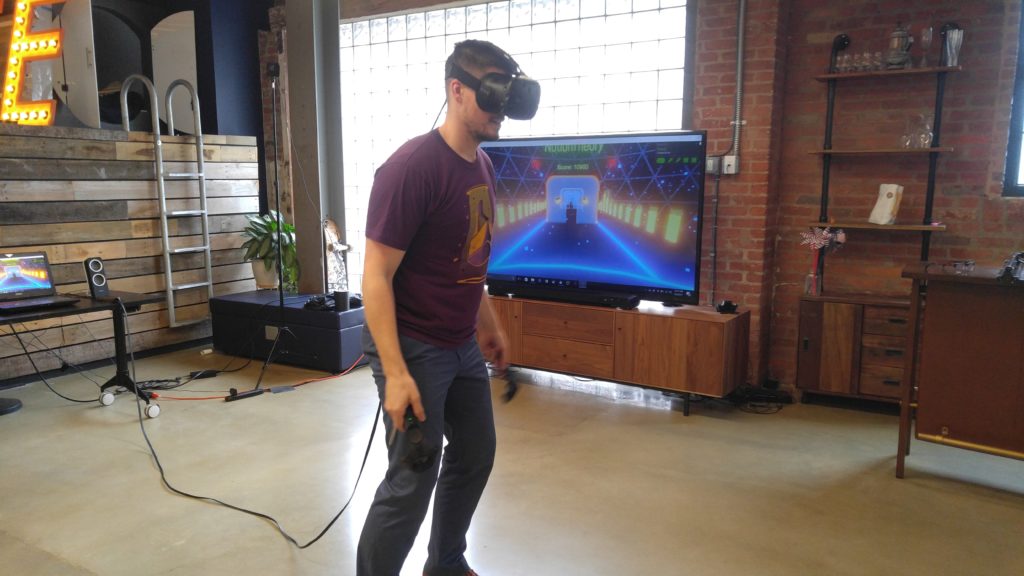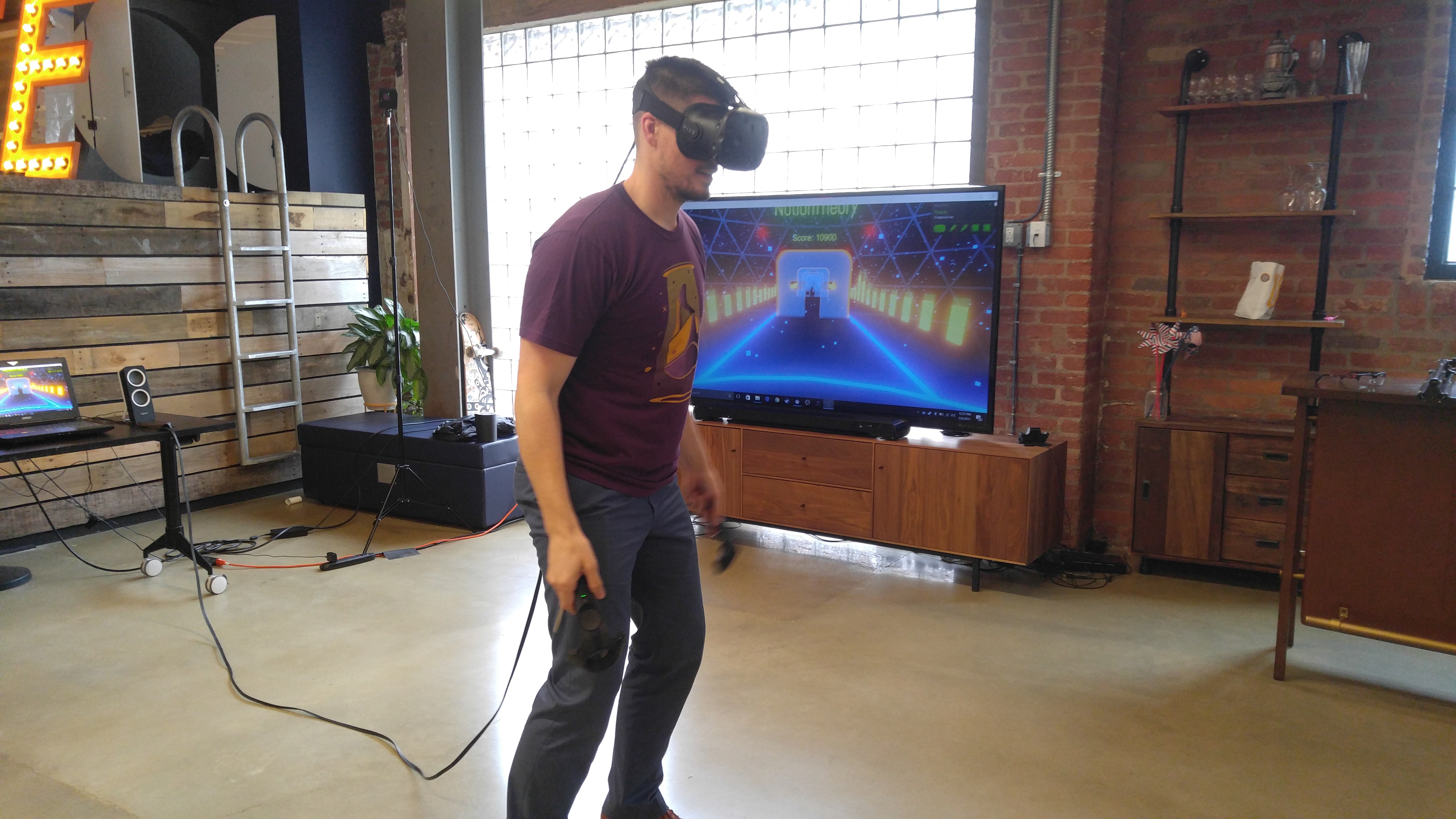Technologies Used With An Online Teaching Platform
- December 31 2020
- Vaishak
Online teaching platform or popularly called the LMS, has become an integral part of the education sector.

This sector hadn’t changed for several decades but recently started adopting the latest technologies due to its many advantages.
Educational institutions and coaching institutes are embracing technology to stay in business.
Technologies like Learning Management Systems, Virtual Reality, Artificial Intelligence, etc., are slowly impacting the education sector.
Online coaching institutes are using teaching software to attract more students and increase their sales.
Most tutors have adopted an online teaching platform as a default technology. Along with that, they are clubbing several other technologies to boost their business.
In this post, we will see in detail the list of technologies that work well with an online teaching platform.
Key Technologies Powering Online Teaching Platforms
Along with this, we will also look into how to choose the right technology. But first, let us quickly understand what is an online teaching platform or an LMS.
What is a Learning Management System?
Probably the most common technology found in the e-learning space, LMS has become an indispensable part of most online academies.
A Learning Management System is a software platform that is used to deliver courses and offer training to your students.
The advantage of an LMS is that it facilitates the integration with various other technologies such as AR, VR, AI, Cloud technology, IoT, and so on.
Learnyst is one such LMS where you can create and sell your courses from your own website.
Related Post: What is the Learning Management System?
Technologies that can be combined With An Online Teaching Platform
Many e-learning tutors are always on the hunt to adopt new technologies for teaching online.
These technologies are not only used for enhanced classroom sessions but also for marketing your courses.
Here are some of the coolest technologies that you can incorporate into your classes.
Virtual Reality (VR)
VR is a new-age technology that has made its presence felt in the online education system with its attractive functionalities and its capability to teach the students using realistic graphics.
In a VR-enabled e-learning classroom, students view the lessons or their components in a 3D environment that can help them retain more information.
The best part about VR is that you can create & interact with real-world objects in a virtual world.
To understand the importance of VR better, let us consider two situations.
Situation 1: Ravi had enrolled himself in an online history course.
- On a particular day, the tutor taught him about all the historic monuments built during the Mughal empire.
- The course was conducted predominantly using images and textual content that majorly highlighted how these buildings were designed and how big they were.
Situation 2: Ram had enrolled in another online history course.
- Instead of using text and images, the tutor intelligently used VR graphics that transported Ram virtually to these monuments.
- He could experience the beauty of these buildings and realize the size of these buildings as if it was real.
Now, who do you think would have retained the information better? It is definitely Ram who was helped by the power of VR.
Augmented Reality (AR)
The basic difference between AR and VR technology is that AR adds digital elements to the 3D world, often through a smartphone camera, while VR completely creates a new environment that is different from the physical world.
AR adds more flavor to the e-learning experience by making the session more interactive.
In AR, objects that reside in the real world are enhanced by computer-generated information.
For example, imagine you have a globe at your home, and you point at it with your smartphone camera.
When you touch any part of the image of the globe on the phone screen, it will show additional information about that country. The use of AR in online courses also helps to accelerate learning efficiency and improve retention levels.
Artificial Intelligence (AI)
Artificial Intelligence is one of the most powerful technologies that has been creating excitement in the e-learning sector.
Teaching has moved from a teacher-centric to a student-centric approach today.
With this transition, it becomes a tough job for teachers like you to create personalized courses for every student. Artificial Intelligence proves handy in such scenarios.
Below are some of the benefits of AI:
- Through its self-learning capabilities, it can easily decide what modules need to be included in a course for a student and with new technology like ai image generator the module are made interactive and interesting for the students.
- AI also recommends the best course for each student based on their recent searches, their interests, and their skills.
- AI also helps the tutors to effectively track students’ past performances and form a pattern out of it to determine how well the students are progressing.
These are just a handful of technologies that you can use in your online academy.
There are plenty more such as Cloud, IoT, Blockchain, Metaverse Development etc., that can also help the learning process in the coming days.
Related Post: Must Have Features Of An Online Teaching Platform
Why adopt these technologies for your online teaching platform
- A fresh user experience
- More value addition
- Greater Return on Investment
- Probability of higher sale value
- Increased student retention
- Creating more interactive courses
- Eliminating distractions among the students
- Giving a futuristic approach to the education
- Performance monitoring
How to choose the right technology for your online teaching platform?
With so many options available in hand, it is common for people to make the wrong choices.
The wrong choice can be disastrous because most of these technologies cost a lot and can burn a hole in your pocket.
It is also not practically possible to try out every technology and then reject it.
To help you decide better, here are four points that you need to factor before choosing the right technology to pair with your online teaching platform –
- Personalization
The technology should be customizable or personalizable. Students love personalized touch to their learning experience as it will make them feel important, and they end up learning more.
Here is a simple example; some students might prefer videos over text, while some might go for learning pictorially.
The technology under use should be able to provide these personalizations.
- Usefulness
Students prefer to use digital technologies as it can help them connect with real-life scenarios without actually being in one.
Your students will be obviously more engaged with your course if your technology can make it useful for them in some ways.
- Collaboration
Any technology that you choose should allow collaboration between students and enable them to work as a team.
- Instructor-friendly
It is good if the technology is student-friendly, but it is more vital for it to be instructor-friendly as you will be the one who will be using it more than the students.
You will be the one who will set it up and put it to good use for an improved learning experience for the students.
So, what are the next steps?
At Learnyst, we help you with the entire process of course creation to marketing, creating your own branded online academy.
If you already have course content ready, signup with us and get your online academy free for 14 days.
You can create your own branded online academy, upload, sell, and get 100% course sales credited to your bank account during this 14 day trial period.
So, go ahead. Create and Sell Courses online and make 10X revenue within months.


Leave your thought here